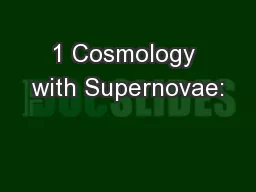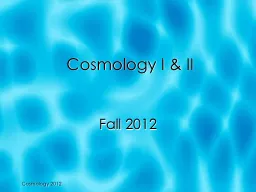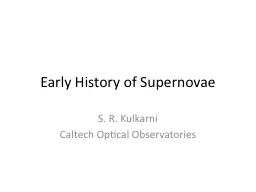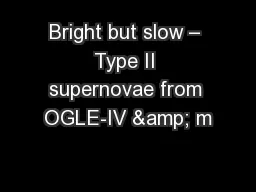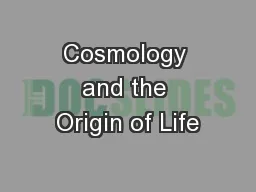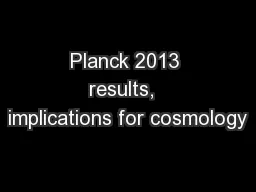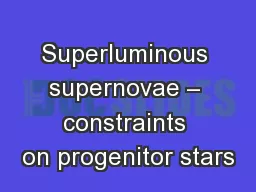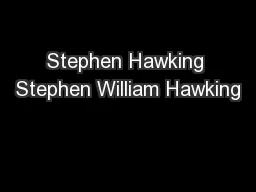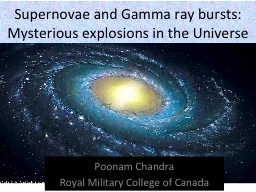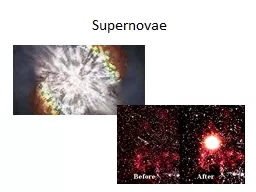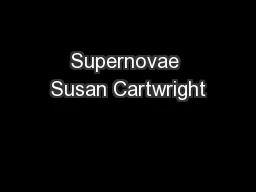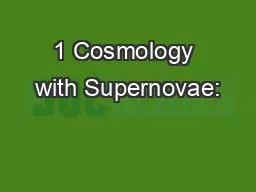PPT-1 Cosmology with Supernovae:
Author : kittie-lecroy | Published Date : 2017-07-22
Lecture 2 Josh Frieman I Jayme Tiomno School of Cosmology Rio de Janeiro Brazil July 2010 Hoje V Recent SN Surveys and Current Constraints on Dark Energy VI Fitting
Presentation Embed Code
Download Presentation
Download Presentation The PPT/PDF document "1 Cosmology with Supernovae:" is the property of its rightful owner. Permission is granted to download and print the materials on this website for personal, non-commercial use only, and to display it on your personal computer provided you do not modify the materials and that you retain all copyright notices contained in the materials. By downloading content from our website, you accept the terms of this agreement.
1 Cosmology with Supernovae:: Transcript
Download Rules Of Document
"1 Cosmology with Supernovae:"The content belongs to its owner. You may download and print it for personal use, without modification, and keep all copyright notices. By downloading, you agree to these terms.
Related Documents

